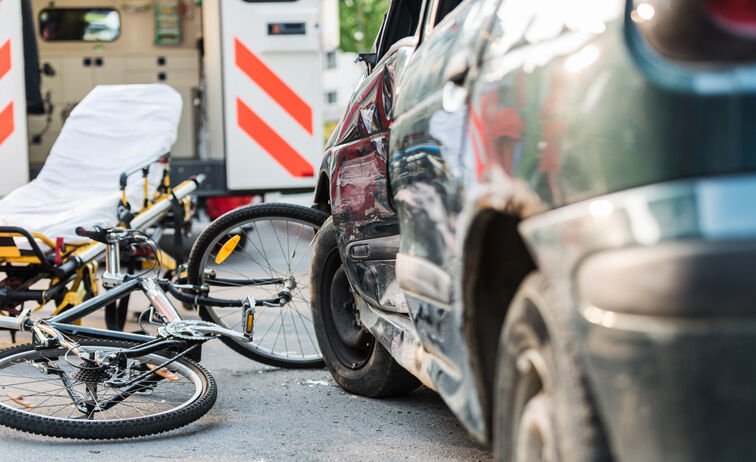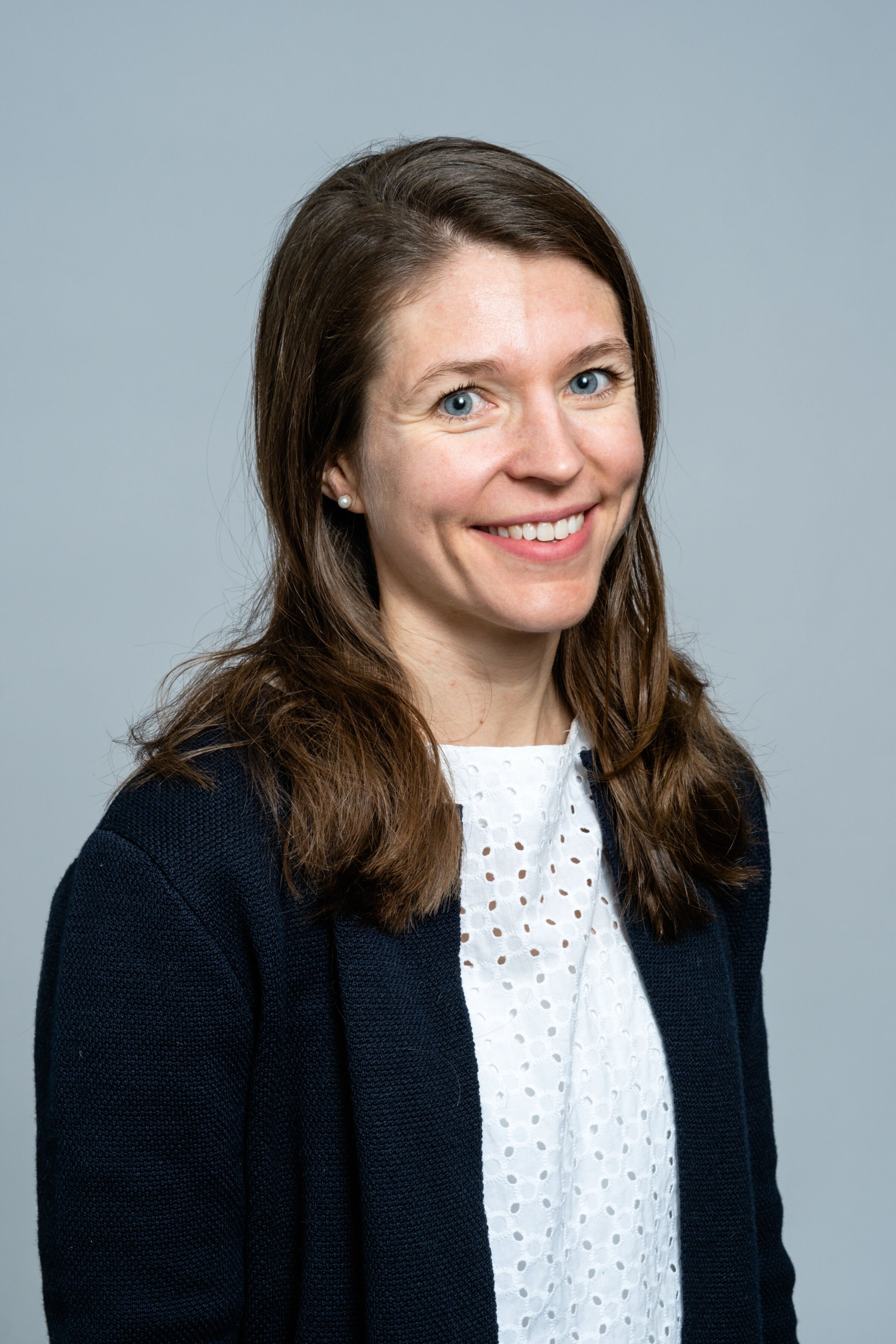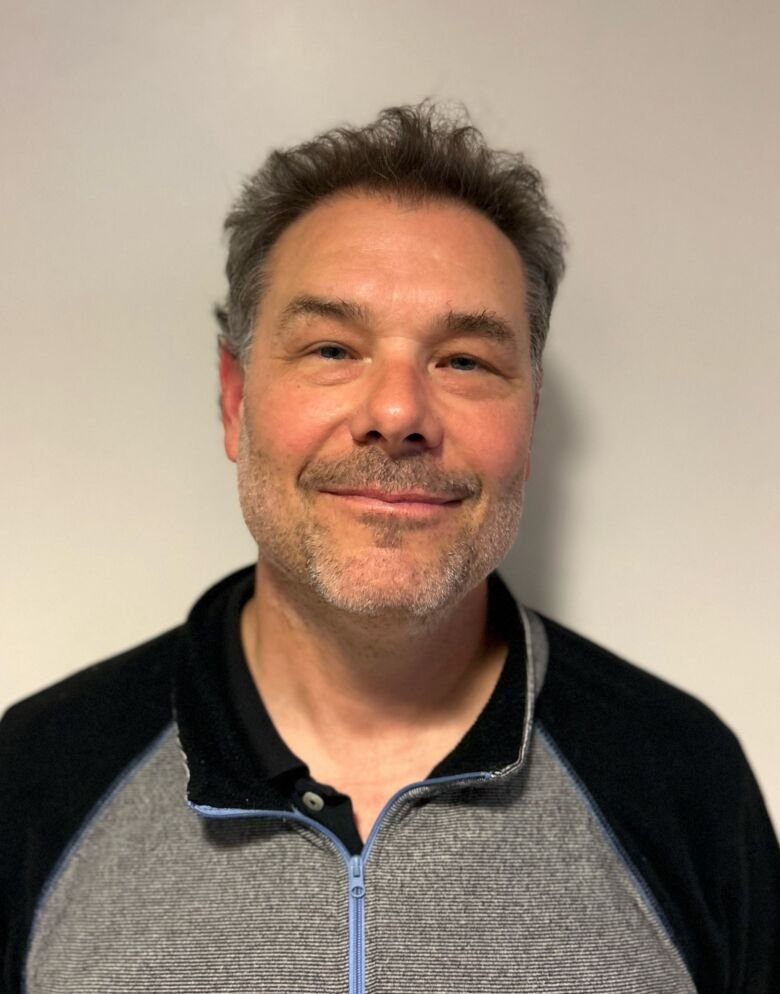Clustering method can better describe the pathological process in patients with traumatic brain injury

Monitoring brain injury biomarkers and glucose variation in patients who have suffered an acute cranial injury during the entire first week of hospitalisation can provide a more accurate picture of the pathological process. This is according to a paper by researchers at Karolinska Institutet published in The Lancet Neurology. It is hoped that their findings can eventually lead to more personalised treatment.

After samples of brain injury markers and glucose have been taken over the entire first week of intensive care, patients with traumatic brain injury can be divided into different groups with different disease trajectories and prognoses.
“This could one day be used to identify different therapies for these different groups, who currently receive effectively the same treatment,” says the study’s first author Cecilia Åkerlund, anaesthetist and intensive care specialist at Karolinska University Hospital in Solna and researcher at the Department of Physiology and Pharmacology, Karolinska Institutet, Sweden.
Divide patients into six groups
She shows in her study that an advanced clustering method can be used to divide patients into six groups by sample data. In the group with the best prognosis, only four per cent died after six months, as opposed to a full 65 per cent in the group with the worst prognosis after the same time – 41 per cent during the first week.
Many hospitals now use a model based on different factors from the patients’ day of admission to assess their prognoses.
“Our study shows that more information gathered over a longer time might be needed to assess the patients,” she says.
The variation between the highest and lowest glucose variation during the day was one of the key metrics used to characterise the patients, something to which little attention is paid today. The same is true of the relevant biomarkers, which are also generally ignored during the first week of admission. Karolinska University Hospital, however, is an exception:
“We clinically monitor certain brain injury biomarkers daily,” says Dr Åkerlund. “But we are one of few hospitals in the world to do so, as far as I’m aware.”
Monitoring the disease trajectory

“Our study supports the notion that serial brain injury biomarkers can play an important part in monitoring the disease trajectory in our brain injury patients,” says the study’s last author David Nelson, consultant at Karolinska University Hospital’s neurocritical care unit and researcher at Karolinska Institutet.
At the same time, Dr Åkerlund acknowledges that more research is needed on both the biomarkers and the patient groupings before the method can be recommended on a broad front.
“These results need to be corroborated by larger studies and with other patient groups to show that the method is stable,” she says. “If we can do this, it will be an important step towards being better able to personalise the treatment of patients with primarily moderate and severe traumatic brain injuries.”
The study was financed by grants from the EU’s Seventh Framework Programme, Hannelore Kohl Stiftung, OneMind, Integra LifeSciences Corporation and NeuroTrauma Sciences.
David K. Menon has reported financial relations with several pharmaceutical companies unrelated to this study; Shubhayu Bhattacharyay has reported research grants from the Gates Cambridge Foundation, Peter Smielewski software licence revenue, and Ewout Steyerberg royalties from Springer publishing house. All other researchers report no conflicts of interest.
Publication
“Clinical descriptors of disease trajectories in patients with traumatic brain injury in the intensive care unit (CENTER-TBI): a multicentre observational cohort study”, Cecilia AI Åkerlund, Anders Holst, Shubhayu Bhattacharyay, Nino Stocchetti, Ewout Steyerberg, Peter Smielewski, David K. Menon, Ari Ercole, David W. Nelson, Lancet Neurology, online 14 November 2023, doi: 10.1016/S1474-4422(23)00358-7.
Facts
Acute cranial injury, or traumatic brain injury, affects men and women of all ages and for all types of reasons; however, patients are commonly in the younger age bracket following a traffic accident or the older following a fall. Seventy-five per cent are men.
The study used data from the European multicentre study CENTER-TBI, the largest-ever observational study of traumatic brain injury. Frozen samples from over 1,700 patients were post-analysed.
The researchers then used an advanced clustering method to create the different groups that best described the pathological process to optimise the groupings.
Source: Cecilia Åkerlund
